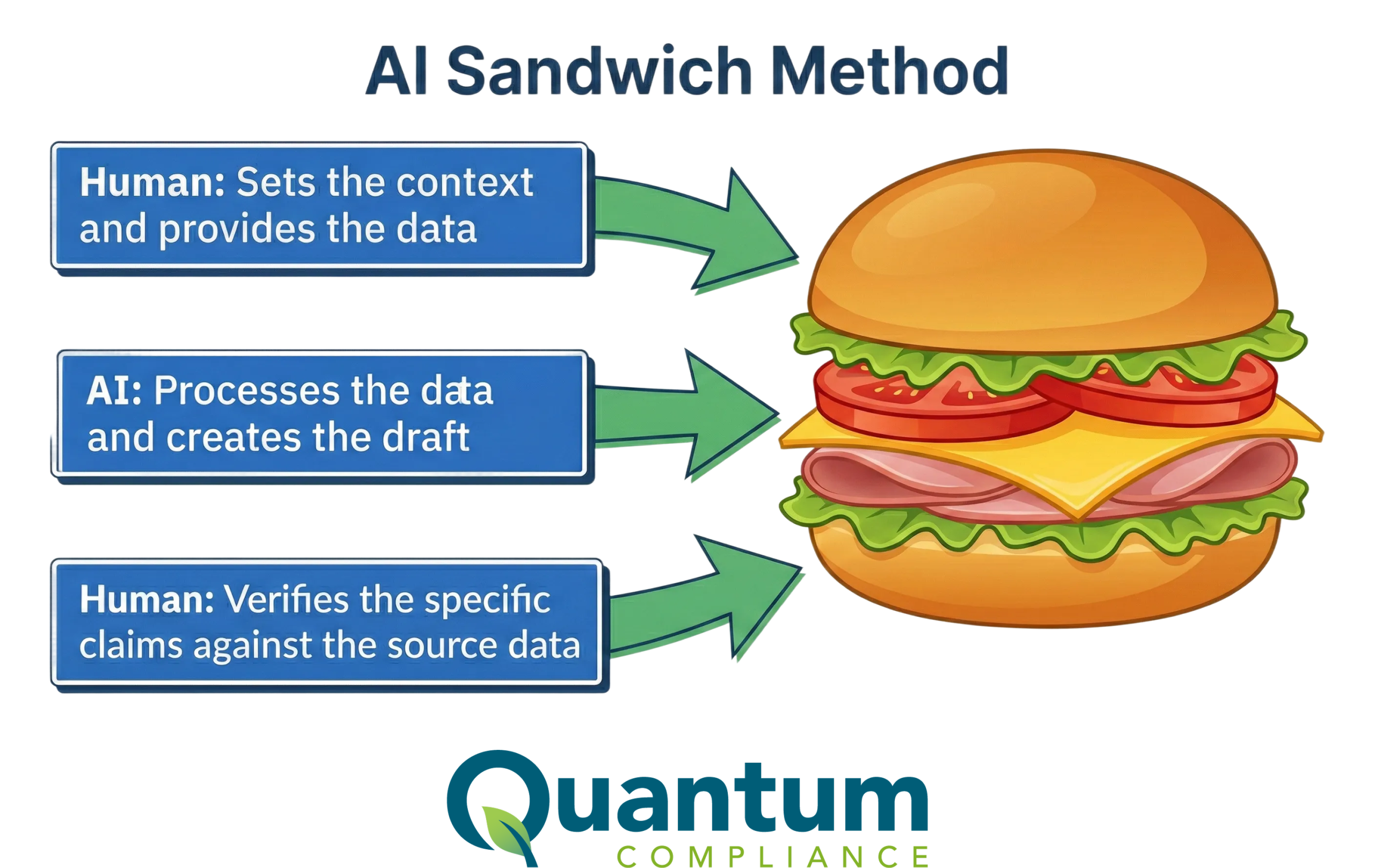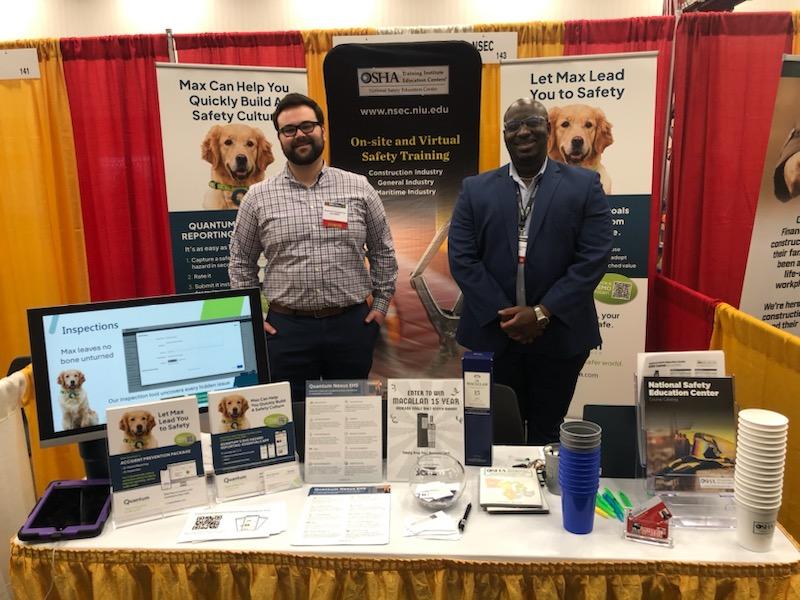Many of the situations that we learn about where companies have violated OSHA’s regulations have to do with hazardous chemicals and toxic fumes. After all, Quantum’s safety data sheet (SDS) conversions focus on the proper labelling of products with chemicals that can be hazardous to people and the environment. We often think that dangerous chemicals and compounds need to be involved for employee health to be at risk.
However, rarely do we hear stories about the dangers of dust.
The Thomas Moore Feed facility in Navasota, Texas, was found to have a dangerous accumulation of airborne grain dust. Left uncontrolled or suspended, high dust concentrations can become explosive if they are not properly controlled by ventilation and housekeeping. OSHA cited Thomas Moore Feed for not protecting workers from a potential dust explosion, allowing openings in the dust collection exhaust path of the hammer mill, filing to keep dust accumulations below ⅛ in a priority area, not maintaining a functioning monitoring device on the dust collector, not making repairs to the collector, and not having an adequate dust emission source.
The force from a combustible dust explosion can cause employee death, injury, or the destruction of an entire building. A wide variety of materials can be explosible in dust form; such as food (e.g. sugar, spice, starch, flour, feed), grain, tobacco, plastics, wood, paper, pulp, rubber, pesticides, pharmaceuticals, dyes, coal, and metals.
Additionally, Thomas Moore Feed failed to guard belts, pulleys, chains, and sprockets less than 7 feet from the ground or platform; to evaluate permit-required confined spaces; to outline procedures to prevent the unintended startup of machinery; to document forklift training, to identify names on locks when a crew performs service or maintenance, and to provide information to employees about wearing respirators.
In total, OSHA found 18 serious violations and proposed a penalty of $58,100.
To a sympathetic eye, these may seem more like matters of negligence and not a willful violation of regulations. However, just as it is important to convert all material safety data sheets (MSDS’s) to SDS’s to comply with GHS regulations, maintaining clean working environments is just as crucial to protecting worker safety and health. Be sure to think about dust when you’re creating your SDS labels!







